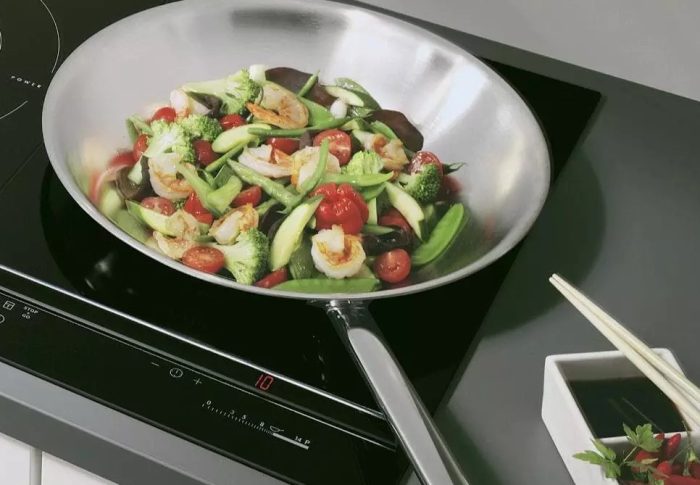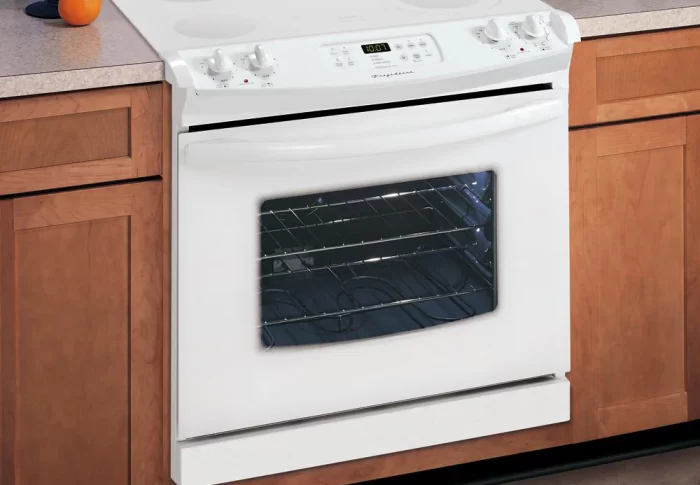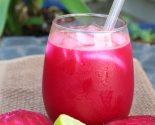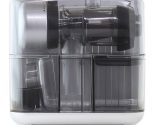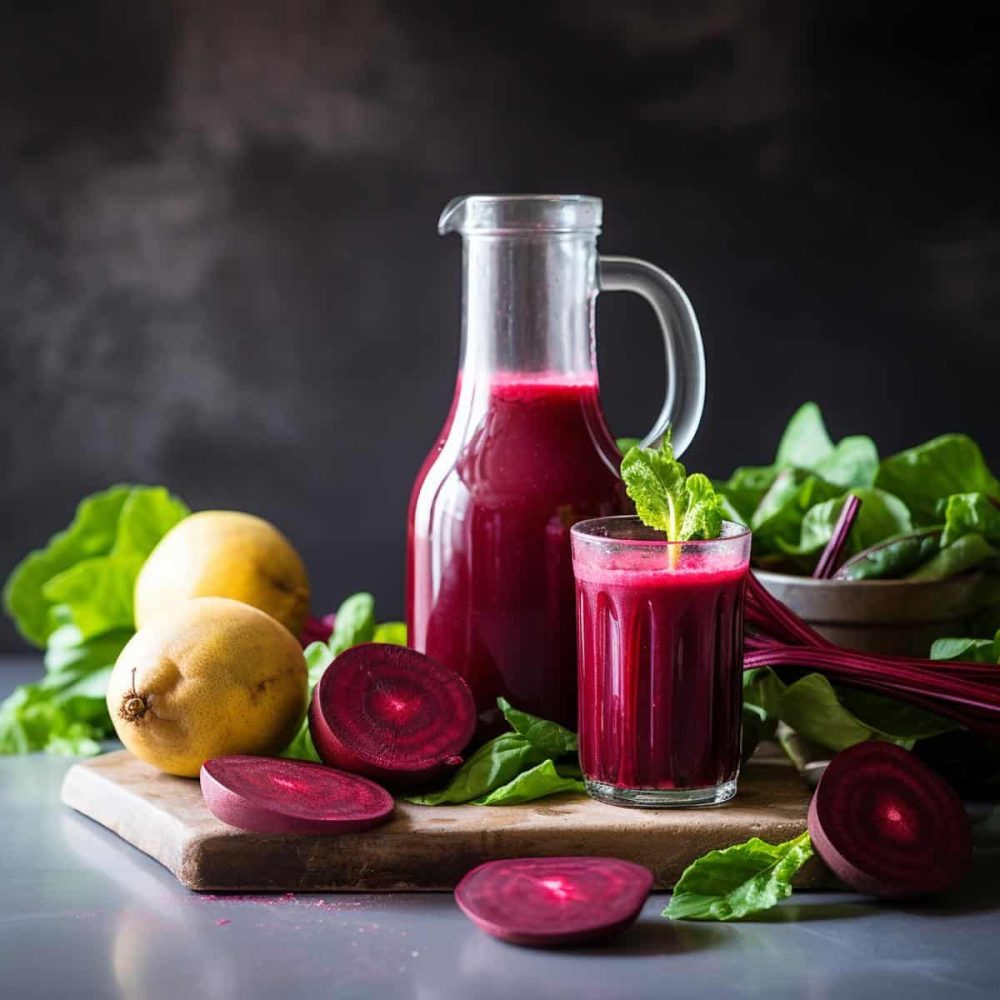
Simple Beet Juice Recipe Without a Juicer
Introduction to Beet Juice Benefits
Beet juice is a nutrient powerhouse, packed with vitamins, minerals, and antioxidants. These benefits make it a popular choice for health-conscious individuals and athletes seeking natural performance enhancers. Here, we’ll dive into the specific advantages of incorporating beet juice into your diet.
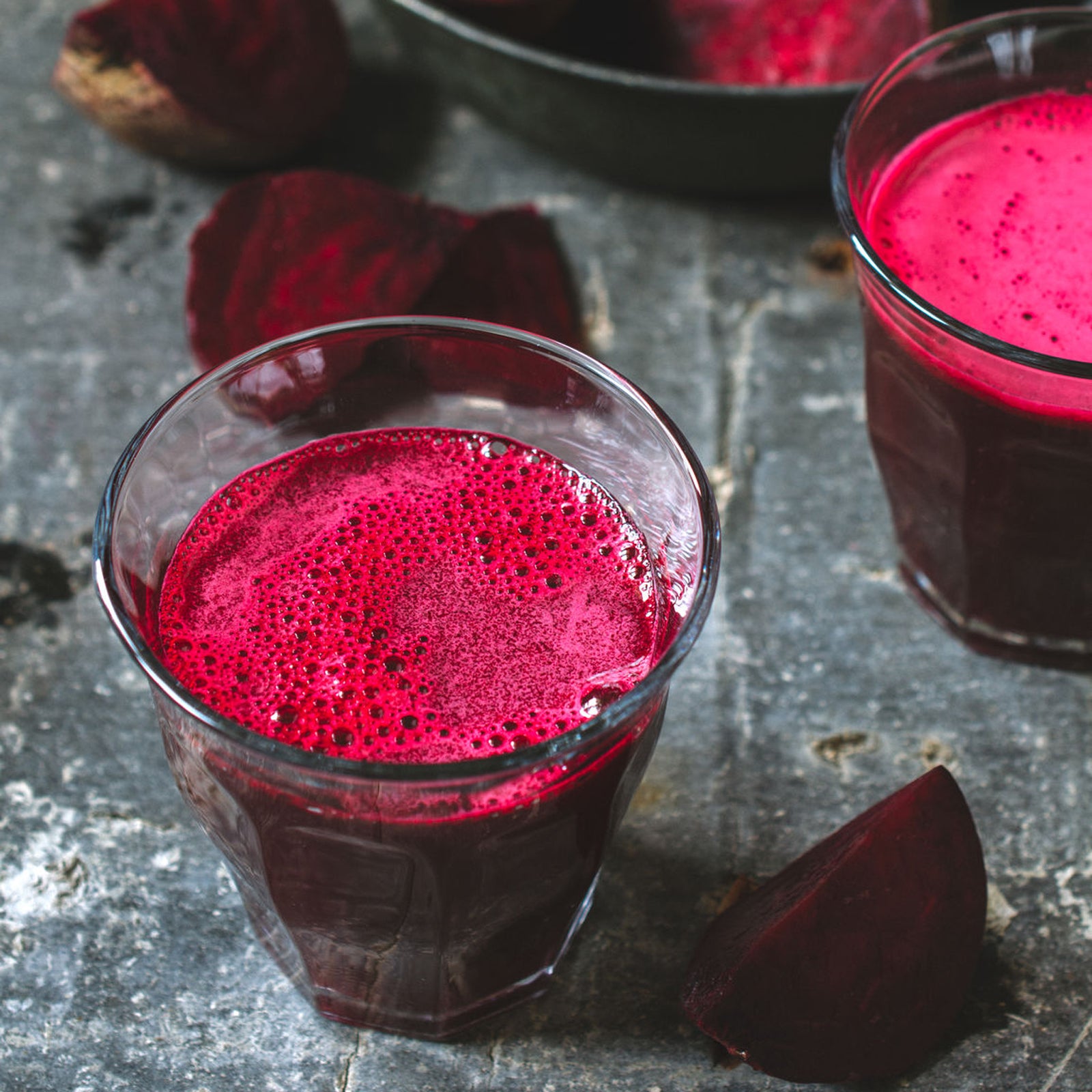
Beet juice is known for its high levels of nitrates, which the body converts into nitric oxide. This compound helps to widen blood vessels, increasing blood flow and oxygen to the muscles, thus enhancing stamina and reducing recovery time post-exercise. Additionally, beet juice has anti-inflammatory properties that can aid in muscle recovery.
The antioxidants in beet juice, particularly betalains, fight against free radicals in the body. This reduces oxidative stress, potentially decreasing the risk of chronic diseases. Beet juice also contains fiber, which supports digestive health, although some of this fiber is lost when juicing.
For those seeking a detoxifying effect, beet juice stimulates the liver’s detoxification processes. It’s also a good source of folate, potassium, and manganese, which support heart health, bone strength, and overall bodily functions. Regular consumption of beet juice may even have a positive impact on blood pressure levels.
Understanding these benefits can inspire you to incorporate beet juice into your daily routine. It is not just athletes who stand to gain; anyone aiming for a balanced and nutrient-rich diet can enjoy the multiple health perks of this vibrant beverage.
Required Ingredients for Beet Juice
To make a refreshing and healthy beet juice without a juicer, you’ll need a few simple ingredients. Gather the following items to create your homemade beet juice concoction:
- Fresh beetroots: The star of your juice. Look for firm, smooth, and vibrant beets. Scrub them well to clean any dirt before use.
- Carrots: They add sweetness and a host of vitamins to your juice.
- Apples: Choose a sweet variety to balance the earthiness of the beets.
- Fresh ginger: A small piece lends a spicy kick and digestive benefits.
- Lemon: Adding lemon not only enhances flavor but also vitamin C content.
- Water: Necessary to help blend the ingredients smoothly in a blender.
Here’s how to transform these raw ingredients into a delectable beet juice blend. First, thoroughly wash the beetroots, carrots, and apples. No need to peel the beets, but you may choose to if you prefer. Cut the beets into smaller chunks, peel and chop the carrots, core and chop the apples, and peel a small piece of ginger. Finally, squeeze the lemon juice and have a cup of water ready to facilitate blending.
Once you have these ingredients prepped, you’re only a few simple steps away from a delicious glass of homemade beet juice brimming with nutrients.
Step-by-Step Preparation Without a Juicer
Making beet juice without a juicer is surprisingly easy and requires just a few kitchen tools. Here’s your step-by-step guide to a vibrant beet juice blend:
- Prepare your ingredients – Wash the beets, carrots, and apples thoroughly. Scrub the beets to remove any dirt. If desired, you can peel them for a smoother juice texture. Cut these ingredients, along with the ginger, into chunks small enough to blend easily.
- Blending time – Place the beet chunks, carrot pieces, apple chunks, and ginger into your blender. Add the juice of the lemon and a cup of water to assist with the blending process. The water quantity can be adjusted depending on how thick or thin you like your juice.
- Blend until smooth – Secure the lid on your blender and purée the ingredients until the mixture becomes smooth. Depending on your blender’s power, this may take a minute or two.
- Strain the mixture – Use a fine mesh strainer or a cheesecloth to strain the juice into a bowl or jug, separating the pulp from the liquid. If you prefer a thicker, smoothie-like consistency, you can skip this step or strain less rigorously to allow some pulp to remain.
- Serve or store – The juice is best enjoyed fresh, but you can refrigerate it for a short period if needed. Pour the juice into glasses to serve immediately, or store it in an airtight container in the refrigerator. Be sure to consume within 24 to 48 hours for optimal freshness.
Creating this healthful beet juice at home without a juicer is not only simple but also cost-effective, allowing anyone to enjoy the benefits of this nutrient-rich drink.
Tips for Selecting and Handling Beets
Choosing the right beets for your juice is crucial. Select beets that feel firm and have smooth skin, as these are fresh and ideal for juicing. Size is not an indicator of quality, so don’t worry if they’re small or large. The color should be deep and vibrant, a sign of their nutrient density. Avoid beets with visible damage or those that feel soft to the touch, as this may indicate spoilage.
When handling beets, it’s important to minimize mess and maximize safety:
- Wash Well: Scrub your beets under cold water using a vegetable brush. This step ensures you remove all dirt and debris.
- Protect Surfaces: Beets can stain, so prepare them on a cutting board that’s easy to clean. You might also want to wear gloves to prevent your hands from turning pink.
- Cutting Beets: Use a sharp knife to safely cut the beets into smaller pieces. Smaller chunks blend easier and won’t strain your blender.
- Storage: If you’re not using your beets right away, store them in a cool, dry place or the refrigerator to keep them firm and fresh.
Selecting and handling beets properly will enhance the quality of your juice and ensure you get the most from these nutritious roots.
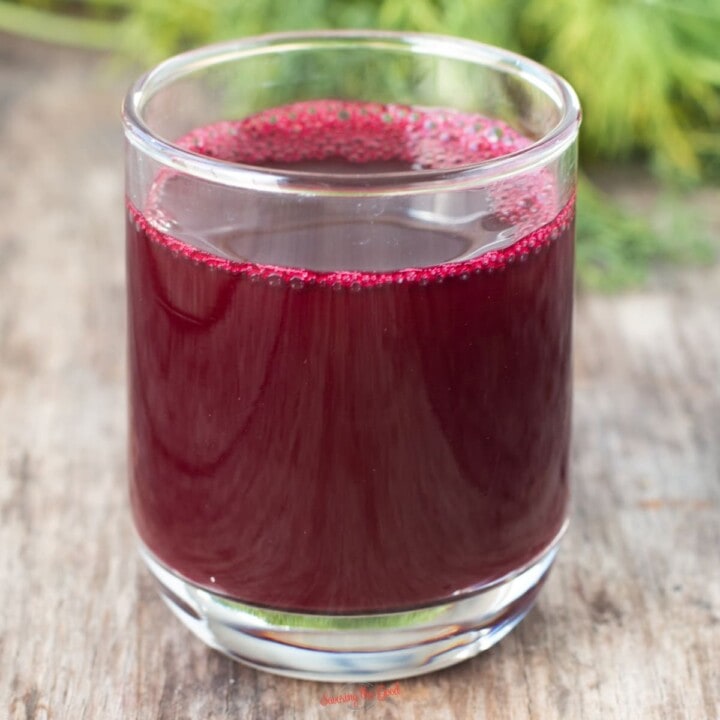 Alternative Ingredients and Variations
Alternative Ingredients and Variations
When experimenting with homemade beet juice recipes, personalizing them to your palate can make the concoction even more enjoyable. Besides the classic ingredients, explore these alternative additions and variations to mix up your beet juice experience:
- Swapping Apples: If apples aren’t your favorite or you’re looking for a different taste, pears make an excellent substitute. They offer a similar texture and sweetness with a unique flavor.
- Berries Boost: Introduce blueberries, strawberries, or raspberries for added antioxidants and a berry twist.
- Citrus Twist: Instead of lemon, consider using orange or grapefruit to add a new dimension of citrus flavor and vitamin C.
- Green It Up: Toss in a handful of spinach, kale, or any leafy greens for extra nutrients and a vibrant green color.
- Tropical Touch: Incorporate pineapple or mango chunks to your recipe for a tropical sweetness that complements the earthiness of beets.
- Zesty Ginger: Increase or decrease the amount of ginger based on your preference for spiciness.
- Minty Freshness: Add a few mint leaves before blending for a refreshing and cool undertone.
- Cucumber Cool: Include slices of cucumber for a hydrating and mellow addition.
Each ingredient brings its unique benefits and flavors. Try different combinations to find your perfect beet juice blend. Try to keep the total quantity of produce similar to the original recipe to ensure the juice’s consistency remains enjoyable.
The Role of Ginger in Beet Juice
Ginger is not just a flavor enhancer in beet juice; it’s a health booster too. Incorporating this potent root into your beet juice can pave the way for several added benefits. Here’s why ginger makes an excellent component in your nutritious beet juice mix:
- Anti-inflammatory properties: Ginger is renowned for its anti-inflammatory effects, which can soothe muscles post-exercise.
- Digestive aid: This zesty root aids in digestion and can prevent upset stomachs.
- Immune system support: Ginger bolsters the immune system, thanks to its high levels of antioxidants.
- Warmth and spice: It adds a warming effect and a spicy kick that can elevate the taste of your juice.
The amount of ginger used can be tailored to personal taste. A little goes a long way in terms of both flavor and health benefits. Whether you use a small slice or a larger piece, ginger can transform your simple beet juice into a wellness drink that excites your taste buds while providing an array of health advantages.
 Handling and Cleaning After Making Beet Juice
Handling and Cleaning After Making Beet Juice
After you’ve made your nutritious beet juice, it’s essential to address the aftermath — particularly the cleaning process. Beet juice can stain, so prompt and effective cleaning is key. Here’s a straightforward guide to handling and cleaning after your juicing venture.
- Clean Immediately: Beet juice stains are easier to remove if tackled right away. As soon as you’ve finished making juice, start the cleanup.
- Stain Prevention: Work on non-porous surfaces and consider wearing dark-colored clothing or an apron. Gloves will prevent your hands from staining.
- Rinse Tools: Rinse your blender, strainer, and any other tools with cold water to help remove the beet pigments before washing.
- Soapy Water: Use a mixture of dish soap and water to thoroughly wash all equipment. If your blender’s container is plastic and holds a stain, a baking soda paste can help remove discoloration.
- Cutting Board Care: If your cutting board is stained, sprinkle it with coarse salt and rub half a lemon over it. This natural cleaning combination often does the trick.
Always remember, the longer beet juice sits, the more challenging the stains will be to remove. Quick action is the most effective way to ensure beet stains don’t become a permanent fixture in your kitchen.
By following these simple tips, you’ll find that even though beet juice preparation might be messy, the process is manageable and the cleaning doesn’t have to be daunting.
Serving Suggestions and Storage Tips
When it comes to enjoying your homemade beet juice, serving it immediately is ideal. The freshness not only brings out the vibrant flavors but also ensures the maximum nutrient content. If you want a chill, pour the juice over ice cubes in a tall glass. Garnish with a sprig of mint or a slice of lemon for an extra touch of freshness.
However, should you need to store your beet juice, here are some tips to keep it as fresh as possible:
- Immediate Refrigeration: Transfer the juice to an airtight container and place it in the fridge right away.
- Short-term Consumption: Beet juice is best consumed within 24 hours, but can last up to 48 hours if kept refrigerated.
- Avoiding Oxidation: Fill the container to the top to minimize air exposure, which can degrade the juice quality.
- Glass over Plastic: Whenever possible, use glass containers as they help retain freshness and prevent the juice from absorbing any plastic odors or tastes.
Remember, as with most fresh juices, beet juice will separate over time, so give it a good shake before drinking to mix up all the flavors once more.


